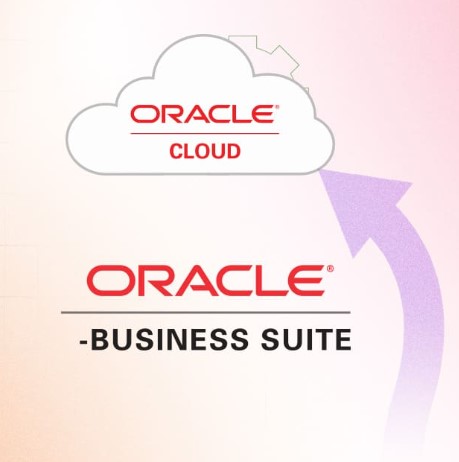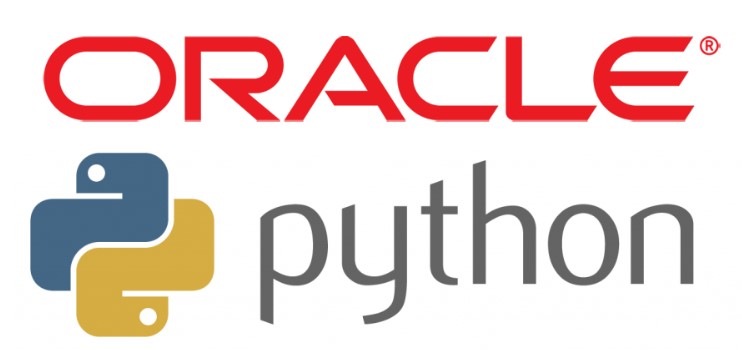Even in 2025, Oracle E-Business Suite is alive—and so is the need to move forward.
The migration from Oracle E-Business Suite (EBS) to Oracle Cloud ERP has been a hot topic for over a decade, yet it continues to be a strategic focus for enterprises in nearly every industry. Why? Because despite the introduction of Oracle Fusion Cloud Applications and aggressive promotion of a cloud-first strategy by Oracle, thousands of organizations worldwide are still running Oracle EBS in production environments.
These businesses face growing pressure: technical debt, rising maintenance costs, outdated interfaces, and increasing demand for agility and innovation. Yet migration isn’t always straightforward. Many organizations are still navigating the complexities of moving mission-critical processes, customizations, and historical data into a SaaS platform.
This article explores why the migration from Oracle EBS to Oracle Cloud remains a major priority, the key challenges, migration paths, real-world use cases, and how companies can successfully execute this transformation.
Oracle EBS: Why So Many Still Rely on It
Oracle E-Business Suite, introduced in the late 1990s and modernized over time, became a dominant ERP system across sectors such as manufacturing, healthcare, energy, and government. With modules covering everything from Financials, Procurement, HR, Supply Chain, and Projects, it offered unparalleled depth and customization.
Despite the growth of cloud platforms, many organizations are still running:
- EBS 12.1.3, which exited Premier Support in December 2021
- EBS 12.2.x, which is supported until 2034 under Oracle’s Continuous Innovation model
But here’s the catch: Oracle’s new features and innovations are now exclusive to the Oracle Fusion Cloud Applications. EBS updates today are largely limited to regulatory patches, security updates, and minor enhancements—not digital innovation.
Why the Migration to Oracle Cloud Is Still Relevant in 2025
1. A Shift from Maintenance to Innovation
Oracle Cloud ERP isn’t just a new version of EBS—it’s a complete reimagination of enterprise software, built for agility, intelligence, and innovation. It includes:
- AI-driven automation
- Embedded analytics and dashboards
- Real-time financial planning
- Mobile-first interfaces
- Continuous quarterly updates
Companies stuck in on-prem environments miss out on these advances.
2. Business Demands Are Evolving
Today’s business landscape demands:
- Faster decision-making
- Global regulatory compliance
- Remote access and hybrid work support
- Cross-functional agility
On-premise ERPs like EBS struggle to keep up with these expectations.
3. IT Costs and Complexity Continue to Climb
Maintaining an EBS environment involves:
- Hardware and data center expenses
- DBA and patch management
- Backup and disaster recovery
- Integration maintenance
Oracle Cloud ERP shifts all of this to a managed SaaS model, reducing total cost of ownership (TCO) and increasing agility.
Oracle Cloud ERP: The Modern Alternative
Oracle Cloud ERP is part of the Oracle Fusion Applications suite, designed as a multi-tenant, SaaS platform that is continuously updated and fully integrated across modules.
Key Capabilities:
- AI-powered automation (e.g., intelligent invoice scanning, project forecasting)
- Built-in analytics with Oracle Fusion Analytics Warehouse (FAW)
- Mobile access via responsive design
- Configurable workflows using BPM and Visual Builder
- Quarterly updates with new features
EBS to Oracle Cloud: Strategic Migration Paths
Every organization’s path is unique, but Oracle broadly recommends three migration models:
1. Lift and Shift to Oracle Cloud Infrastructure (OCI)
What it is: Move your existing EBS environment to Oracle’s cloud data centers (IaaS).
Benefits:
- Retains customizations
- Low-risk entry to cloud infrastructure
- Improved scalability and performance
Limitations:
- You’re still on EBS—not a true SaaS solution
- No access to Fusion innovations
2. Reimplementation to Oracle Cloud ERP (SaaS)
What it is: Fresh start using Oracle Fusion Cloud ERP, aligning with cloud-native best practices.
Benefits:
- Full access to modern features
- Streamlined processes
- Elimination of legacy debt
Limitations:
- Time-consuming data mapping and change management
- Some custom features may not be directly available
3. Hybrid/Coexistence Strategy
What it is: Run EBS and Oracle Cloud modules side-by-side during transition.
Examples:
- Use Oracle Cloud HCM while retaining EBS Financials
- Implement Oracle Cloud Procurement while maintaining EBS Projects
This allows gradual transformation and business continuity.
Key Considerations for a Successful Migration
1. Customization Rationalization
Oracle Cloud ERP does not support the same level of deep customizations as EBS. Companies must:
- Identify customizations that are obsolete or replaceable with standard functionality
- Rebuild critical extensions using Oracle Visual Builder or PaaS extensions
2. Master Data Management (MDM)
Data quality in legacy ERP is often poor. Migration is the perfect opportunity to:
- Cleanse and standardize customer, supplier, and item records
- Consolidate charts of accounts
- Establish centralized data governance
3. Integration Strategy
Oracle Cloud supports modern APIs (REST/SOAP), making integration more flexible. Still, companies must:
- Rebuild old EBS-to-EBS interfaces
- Integrate external systems via Oracle Integration Cloud (OIC)
- Define synchronous vs asynchronous workflows
4. Organizational Change Management
Oracle Cloud changes how users interact with ERP. This means:
- User retraining and new role definitions
- Executive sponsorship and stakeholder alignment
- Communication plans and user adoption strategies
Migration Tools and Accelerators
Oracle and partners offer a growing ecosystem of tools to speed up the migration process:
| Tool | Purpose |
|---|---|
| Oracle Soar | Prebuilt tools for ERP data and config migration |
| Oracle Cloud Readiness Analyzer | Assessment of custom objects and readiness gaps |
| Oracle Integration Cloud (OIC) | Automates connection between Cloud and legacy systems |
| Oracle Functional Setup Manager (FSM) | Simplifies functional setup replication |
| Oracle Guided Learning | Embedded training and user support for Oracle Cloud ERP |
Real-World Case: Global Retail Company
Challenge: Running Oracle EBS 12.1 with 100+ custom reports, disconnected procurement, and aging infrastructure.
Approach: 12-month phased migration to Oracle Cloud ERP (Financials + Procurement).
Outcome:
- 80% reduction in IT infrastructure cost
- 30% faster month-end closing
- Improved supplier onboarding via Oracle Supplier Portal
- Real-time dashboards for spend analysis
Future-Proofing Your ERP Investment
The ERP market is shifting toward AI-native, composable, cloud platforms. Oracle Cloud ERP aligns with this vision by:
- Enabling predictive insights using machine learning models
- Offering modular scalability—adopt what you need, when you need
- Supporting global operations with multi-currency, multi-legal entity, and tax localization frameworks
EBS, while still viable in the short-term, is increasingly incompatible with the pace of business innovation.
Conclusion: The Time to Act Is Now
While some businesses continue to extract value from Oracle EBS, the long-term reality is clear: Oracle Cloud ERP is the strategic future. Whether you’re just starting to assess your options or are already in pilot stages, the migration process is not only still relevant in 2025 — it’s accelerating.
Don’t wait for technical debt to pile up or for critical talent to move on. Start building your roadmap today.



